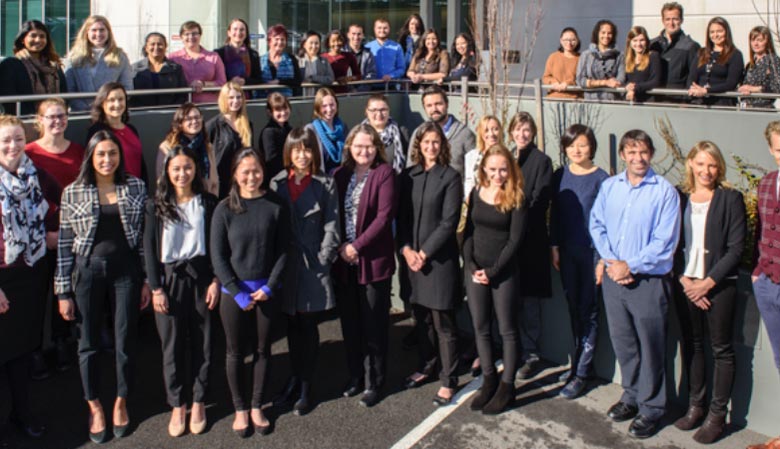Graduating careers

Fostering talent and elevating individuals
With 70 graduates still working at the Institute from as early as 2000, it’s easy to deduce that this is more than just a placement for many of them.
The AIHW’s graduate program began in 2000 and a formal development process was introduced in 2009 to increase applications and retention. And it’s worked. Each year, over 250 graduates apply, stating that the Institute is the ideal place to work.
Each year, the AIHW Annual Graduate Intake selects quality entry-level staff, which helps us ‘grow our own’ highly skilled workforce. AIHW graduates enter as ongoing APS4 level employees, which means they can then seek promotional opportunities or transfers across the Institute after their probation period. This differs from traditional APS graduate programs, where graduates enter as a trainee and undertake on-the-job training through work placements across the agency for 1 to 2 years.
While the AIHW’s graduates don’t generally rotate between units due to the complexity of their work, they do participate in a comprehensive Learning and Development program that ensures solid career pathways.
It’s a pathway that attracts the highest calibre of contenders. Of our current 14 graduates for 2016–17, 1 holds a PhD and 12 have Masters’ and Bachelors’ degrees.
When asked why the AIHW Graduate Program attracted them, their answers were humbling.
Jess Dawson explained she wanted ‘to contribute to meaningful change to the health of Australians by providing useful evidence for improvements in health policy and health programs’.
Rosalind Morland gained a lot of insight into the importance of the AIHW’s work after working as a health professional in both the community and in hospitals. ‘While I loved the one-on-one interaction with patients, I wanted to make a bigger impact and help a wider number of people. I feel the work I do at the Institute allows me to achieve this,’ she said.
Looking across the Institute’s overall professional capability, 80% of staff work on statistical and data related work including preparing data sets, undertaking analysis and linking data sets. Of these the majority are tertiary qualified and include 139 with post graduate studies—21 doctorates, 95 Masters and 23 graduate diplomas.
Interestingly, out of the current 330 staff, the Institute currently employs two females for every male staff member. Among those current graduates, 13 out of 14 are female. When considering that most have a STEM (science, technology, engineering and mathematics) background, they’re impressive statistics.
They’re results that set a high benchmark for the applicants of the 2018 Graduate Program. The successful candidates will be announced around October 2017.


